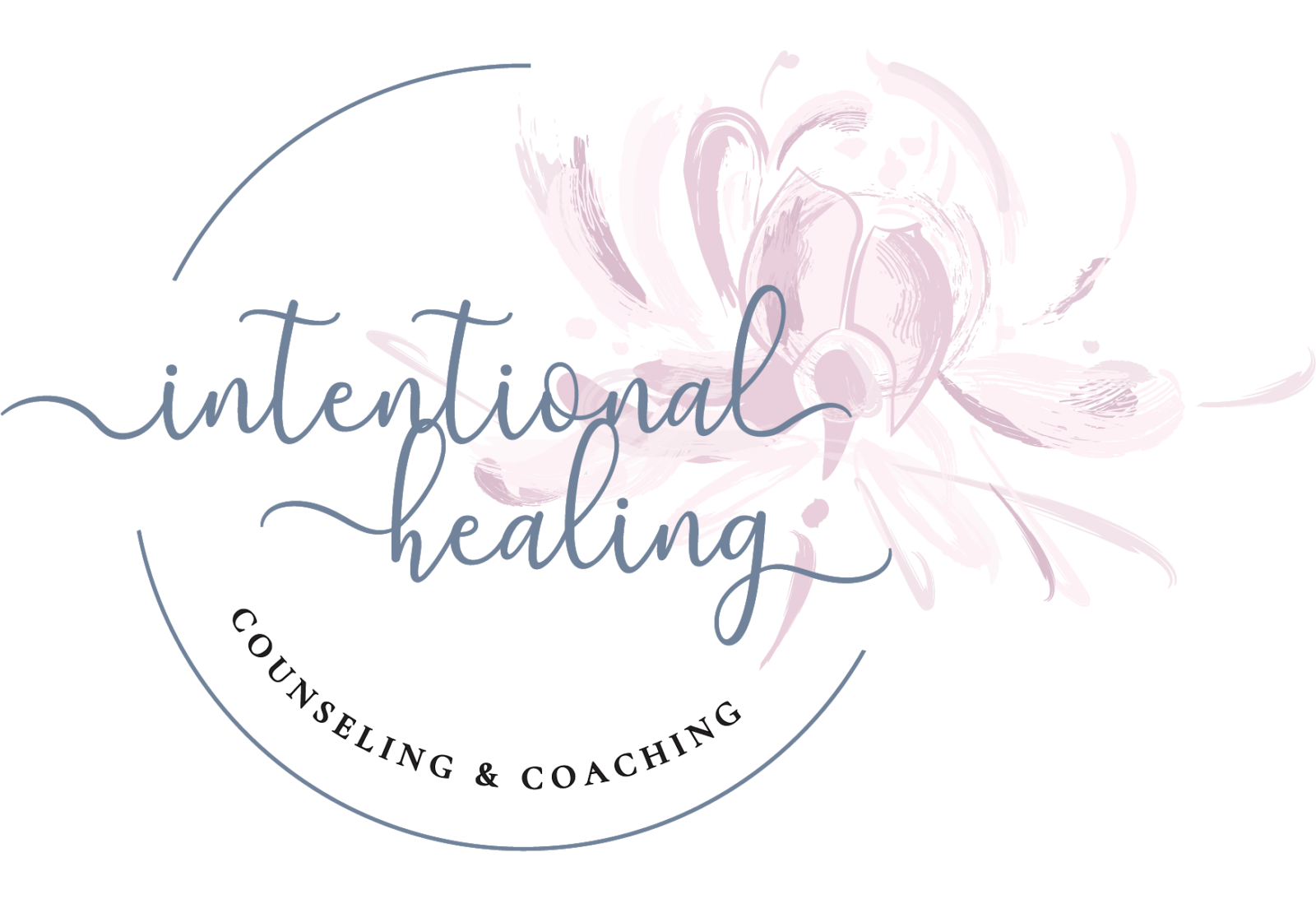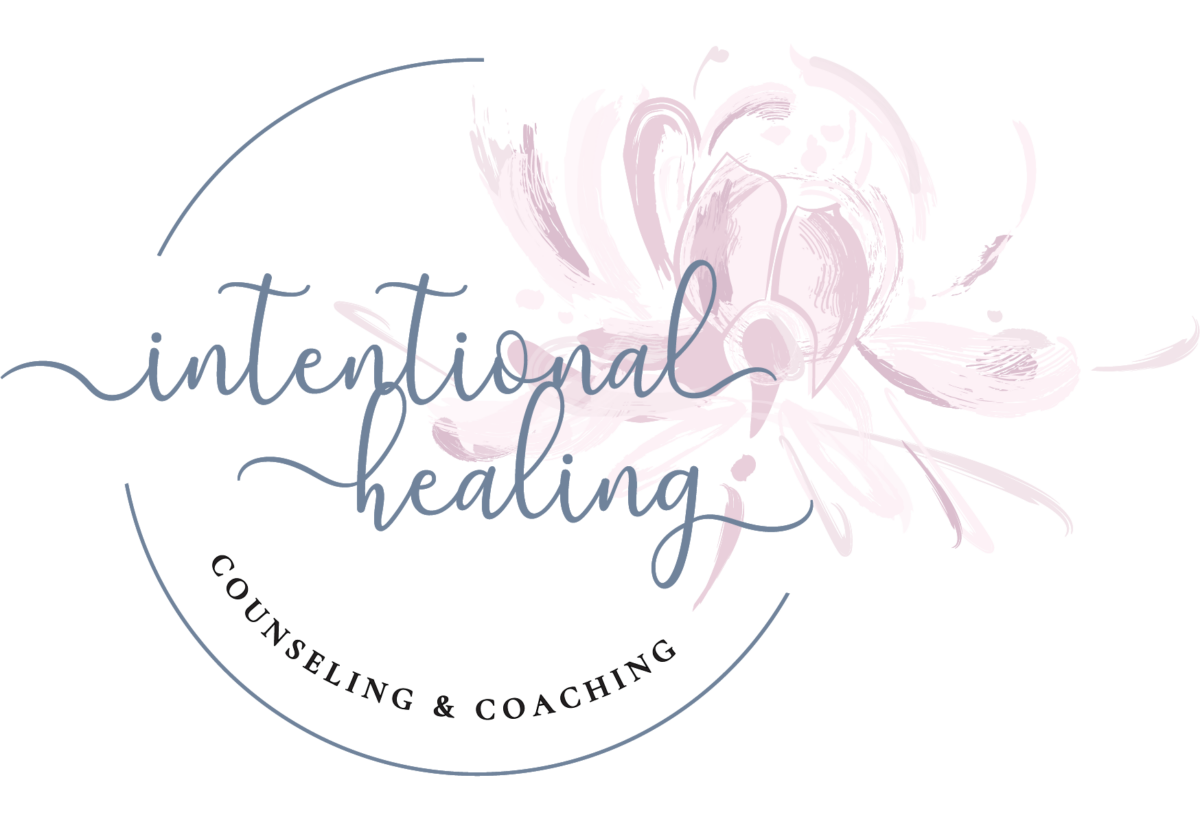What Is EMDR Therapy?
When you experience trauma, the memory of your experience gets locked or “frozen” in your nervous system. This makes it feel like the event is happening long after it’s done. EMDR (Eye Movement Desensitization & Reprocessing) therapy unlocks the parts of your nervous system that hold onto negative memories, helping you reduce the emotional pain that trauma caused. EMDR allows you to experience negative memories with less intensity and can often neutralize the pain that they cause.
Think of it like this: when you cut your hand, your body works to close the wound. If a foreign object or injury irritates the cut, it gets worse. Healing can only happen when the irritant is removed. EMDR therapy shows that a similar thing happens with the mind. The brain has an information-processing system that naturally moves toward wellness. But when a disturbing event happens, that system gets blocked. EMDR removes the block so that the brain can heal itself.
In addition to traditional EMDR training, I have training in Early Trauma EMDR. This approach is specially designed for early life relationships and concentrates on meeting the needs that those relationships didn’t meet.
"We are not changing what happened to us. We are changing the way it lives in us."
- unknown
How Effective Is EMDR And Who Can It Treat?
EMDR is the most highly-recommended form of trauma treatment out there. The Department of Defense, Department of Veteran’s Affairs, American Psychological Association, and the International Society for Traumatic Stress Studies all consider EMDR effective for treating trauma. EMDR can also help people dealing with:
- Anxiety
- Depression
- Grief and loss
- Perinatal disorders
- Birth trauma
- Early attachment trauma
- Addiction
- Panic attacks
Put simply, there are very few (if any) mental health issues that EMDR cannot treat.
What’s more, the great thing about this approach is that it’s a very gentle approach to trauma therapy. It doesn’t require you to talk about what’s bothering you in extensive detail. With EMDR, you can share as much or as little as you’d like. The main focus is on images, feelings, and sensations, not discussion. In this way, EMDR gets to the source of trauma and emotional hurt and allows for deeper healing.
My Approach To EMDR Therapy
I begin EMDR counseling with history taking and treatment planning. Then I move into the resourcing stage. The goal of this stage is to equip you with skills and resources for staying grounded and at ease during sessions. After all, I want you to feel comfortable and in control when confronting painful memories. That’s why resourcing is so important.
Together, you and I will explore the strategies that work for you. We may use meditation, breathwork, guided imagery, body scans, trauma-informed yoga, and other relaxation techniques.
When that is done, we will assess your readiness for treatment and begin EMDR therapy. We will use a series of bilateral stimulation exercises-such as tapping, visualization, touchpoints, and side-to-side eye movements-to help you process what is stuck. These stimulation techniques are very gentle. By doing them repeatedly, your brain can form new associations to harmful memories and process the trauma responses that are “stuck” in your nervous system. The memories that were once incredibly painful can become like all your other memories and stop feeling so present in your life.
Although I use EMDR therapy for clients with many different issues, there are three main areas that I specialize in. They are outlined below:
"EMDR helps “defrost” the frozen memories, providing healing to the root of the pain."
-unknown
EMDR For Birth Trauma
I use EMDR to help new mothers (and fathers) process difficult parts of their birth stories and reduce the overwhelm of traumatic births. Many parents meet their babies for the first time while they’re still processing trauma from birth. EMDR can help them reduce the intensity of their feelings and establish a closer connection to their baby. Additionally, EMDR can also assist parents who are dealing with grief and loss in the wake of a still birth or infant loss.
In addition to the hardship of birth trauma, new parents may find that old wounds resurface as they navigate parenting. EMDR can be used to address the wounds that often present in the parenting years.
EMDR For Babies And Toddlers
As traumatic as birth can be for parents, it can also be traumatic for babies and toddlers who are born prematurely or with medical complications or other stressful in-utero experiences. Parents/caregivers will learn and practice self regulation skills in order to be in relaxed muscle bodies while trauma is processed with their precious one. If children experienced in-utero exposure to drugs or alcohol, EMDR therapy may be limited in what it can do, but it may still help.
EMDR For Early Attachment Trauma
Many of us have some form of early attachment trauma from when we were babies and toddlers. However, once we are adults we have no picture memory of what happened to us then. All we have are implicit memories that we “feel” in our bodies. The great thing about EMDR is that it can access these felt memories and get to the somatic parts of the body that store deep emotional pain.
All three forms of EMDR treatment listed above work best in an intensive format. This means that, instead of traditional 60-or-80-minute sessions, intensive therapy may be a better fit for you. Sessions for intensives are offered in various time-lengths, ranging from two hours at a time to half-day, full-day, or multiple day treatment, depending on your needs. During your initial assessment, you and I will come up with a customized treatment for you.
EMDR Can Help You Reduce Your Anxiety And Overcome Feelings Of Disconnection
Your body does not have to feel revved up and anxious all the time, as if the worst is always about to happen. Nor does it have to feel disconnected or shut down, like you’re numb to everything around you. EMDR can help you find a middle ground between these extremes. It can help you release the anxiety around your trauma and eliminate the need to disconnect from your pain.
In my own life, I struggled with a lot of complex trauma and anxiety and EMDR was helpful to me. Additionally, I’ve done a lot of crisis work. I worked in an ER setting for nine years, helping children, teens, and adults in mental health crises. I also worked in an inpatient Neonatal Intensive Care Unit for several years, supporting families who suffered loss or trauma related to birth. My personal and professional experience in the realm of trauma has gifted me with the ability to understand my client’s struggles and help them resolve the pain of the past.
Let Me Help You Embrace A Brighter Tomorrow
Release the traumas trapped in your nervous system and experience healing in your mind, body, and spirit. Begin your healing journey with a free consultation at the button below. From there, I will conduct a two-hour assessment to determine if you would benefit from traditional or intensive treatment.
Are traditional or intensive sessions right for you?
- Weekly sessions are a good option if you want to take the healing process at a slower rate.
- They allow you to spread out the cost of care over the course of treatment.
- Sometimes weekly hour-long sessions are more manageable for complex PTSD than half-day, full-day, or weeklong intensive sessions. This will be assessed and discussed during the intake process.
- EMDR work can be hard to pack into a traditional-length session. Once you have a weekly check-in and account for the time needed to close the session, little room is left for actual EMDR work.
- If your distress is significant, meeting for just one hour once a week could mean it takes a long time to heal your pain.
- Committing to a regular time each week in your schedule may be difficult, especially if you are busy or travel frequently.
- I will take stock of your weekly needs and how you would like to utilize your time. If new situations arise that need time to be addressed or processed, we will focus on them as much as you need to. Then we will use the remaining time to utilize EMDR for trauma processing.
- We’ll also need time at the end of each session to make sure you’re able to contain your memories so that you feel relaxed when you’re outside the office.
- You have time constraints in your normal weekly schedule that make it difficult to commit to therapy on an ongoing basis.
- You have traumatic events impacting your daily life in a way that makes it too overwhelming to spread treatment out over weeks, months, and years.
- You wish to process early trauma that is stored in implicit or preverbal memory. This type of EMDR is much more suited for in-person sessions or a multi-day retreat setting due to the nature of the work.
- Intensive are designed to provide longer and more frequent therapy sessions over a shorter timespan in order to accelerate your recovery.
- With intensive work, you can progress at a faster rate than you can with weekly sessions. Imagine the amount of work and healing that can be accomplished in a half day, full day, or three consecutive days (which equates to about 21 hours of highly focused treatment within a three-day period).
- You can address urgent needs in a dedicated manner instead of in a bits-and-pieces approach.
- In the long run, due to the efficiency of intensive sessions, you can save both time and money.
- Scheduling time for a single retreat may be more convenient if you have a busy schedule, kids to plan around, and travel or work commitments.
- Intensives are tailored just for you, so there are many different ways that they can be customized for your individual needs.
- Intensives may not be the right fit for everyone, just as weekly sessions aren’t the best fit for everyone.
- Some people with extreme cases of PTSD may feel overwhelmed by working through their issues for a prolonged period of time. In our assessment together, we can explore your individual needs and goals and see if intensive work feels like the best plan for you.
- Due to the varying options for intensives, they all look a little different. At your intake assessment, we will create an individualized treatment plan for intensive work.
- Generally, each two-hour block of focused work will be followed by a 15-minute break. We will do some resourcing, too.
- In our space, there is also room for trauma informed yoga, qi gong, and other body-based work. If you choose half-day, full-day, or multi-day options, you will be given retreat information about what to expect prior to starting.
- The complexity of your situation would be too overwhelming to process due to high levels of dissociation.
- If you are in an urgent crisis situation that requires stabilization or hospitalization.
- If you struggle with suicidal ideation or self harm.
- If you feel forced into a therapeutic process not of your own volition.






